Rising Demand for Remote Services
The Virtual Interior Design Service Market is experiencing a notable increase in demand for remote services. As consumers seek convenience and flexibility, the ability to access design expertise from anywhere has become increasingly appealing. This trend is reflected in the growing number of platforms offering virtual consultations and design services. According to recent data, the market for virtual design services is projected to grow at a compound annual growth rate of approximately 10% over the next five years. This shift towards remote services not only caters to consumer preferences but also allows designers to reach a broader audience, thereby expanding their client base. The integration of technology in the design process enhances the overall experience, making it more efficient and accessible. As a result, the Virtual Interior Design Service Market is likely to continue evolving in response to these changing consumer behaviors.
Increased Focus on Home Aesthetics
The growing emphasis on home aesthetics is significantly influencing the Virtual Interior Design Service Market. As individuals spend more time at home, there is a heightened desire to create visually appealing and functional living spaces. This trend is evident in the rising popularity of home improvement projects, with many consumers seeking professional guidance to achieve their desired aesthetic. Market data suggests that the home decor segment is expected to grow by approximately 12% annually, reflecting the increasing investment in interior design services. The Virtual Interior Design Service Market is well-positioned to capitalize on this trend, as it offers accessible and cost-effective solutions for homeowners looking to enhance their environments. By providing tailored design options and expert advice, virtual design services are becoming an essential resource for those aiming to elevate their home aesthetics.
Expansion of E-commerce in Home Design
The expansion of e-commerce is significantly impacting the Virtual Interior Design Service Market. As online shopping becomes increasingly prevalent, consumers are more inclined to seek design services that can be accessed digitally. This trend is facilitating the growth of platforms that offer virtual consultations, design packages, and even curated product selections for home decor. Recent statistics indicate that the online home decor market is expected to grow by approximately 20% in the coming years, underscoring the potential for virtual design services to thrive in this environment. The convenience of e-commerce allows clients to engage with designers from the comfort of their homes, fostering a seamless experience. Consequently, the Virtual Interior Design Service Market is poised for substantial growth as it adapts to the evolving landscape of online consumer behavior.
Growing Interest in Sustainable Design
Sustainability is becoming a central theme within the Virtual Interior Design Service Market. As environmental awareness increases, consumers are increasingly seeking design solutions that prioritize eco-friendly materials and practices. This shift is prompting designers to incorporate sustainable elements into their projects, such as energy-efficient lighting and recycled materials. Market Research Future indicates that the demand for sustainable design services is on the rise, with a projected growth rate of around 8% over the next few years. This trend not only aligns with consumer values but also encourages innovation within the industry. By focusing on sustainability, the Virtual Interior Design Service Market is likely to attract a new segment of environmentally conscious clients, thereby expanding its reach and relevance in the market.
Technological Advancements in Design Tools
Technological advancements are playing a pivotal role in shaping the Virtual Interior Design Service Market. The emergence of sophisticated design software and tools has revolutionized the way designers create and present their concepts. Innovations such as augmented reality (AR) and virtual reality (VR) enable clients to visualize their spaces in real-time, enhancing the decision-making process. Furthermore, the integration of artificial intelligence (AI) in design applications allows for personalized recommendations based on user preferences. This technological evolution is not only streamlining the design process but also improving client satisfaction. As the industry embraces these advancements, it is anticipated that the demand for virtual design services will continue to rise, with projections indicating a market growth of around 15% in the next few years. Consequently, the Virtual Interior Design Service Market is likely to witness a transformation driven by these cutting-edge technologies.


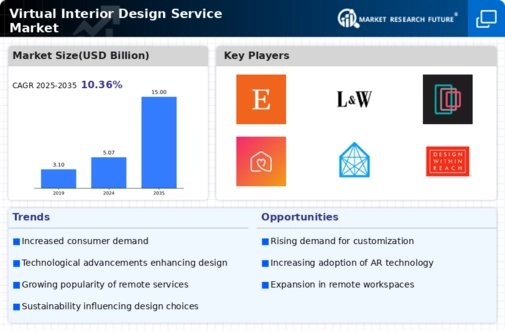
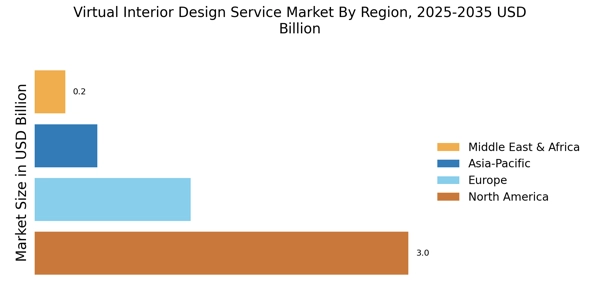
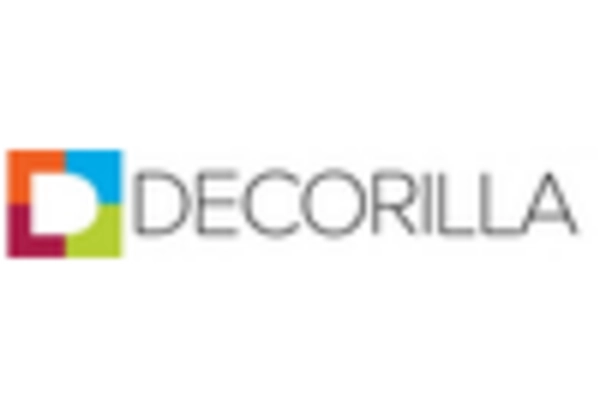


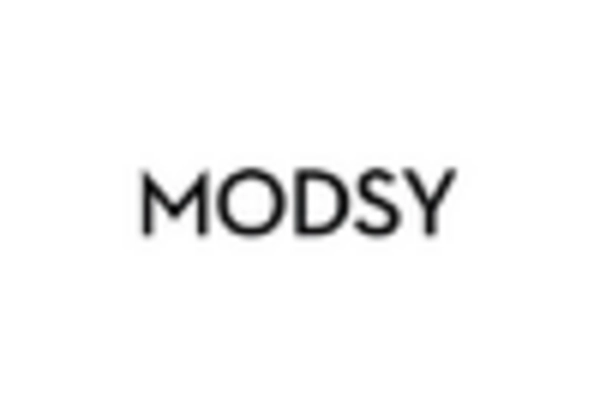
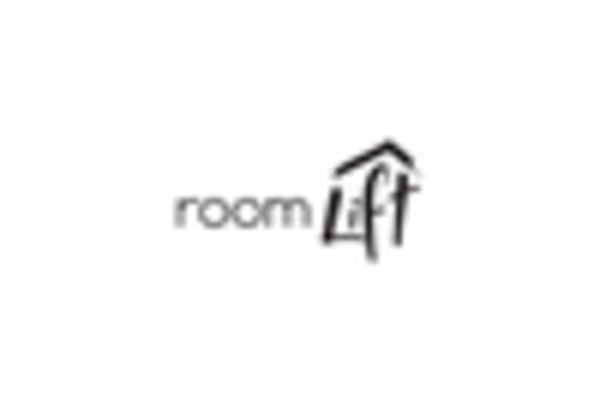









Leave a Comment